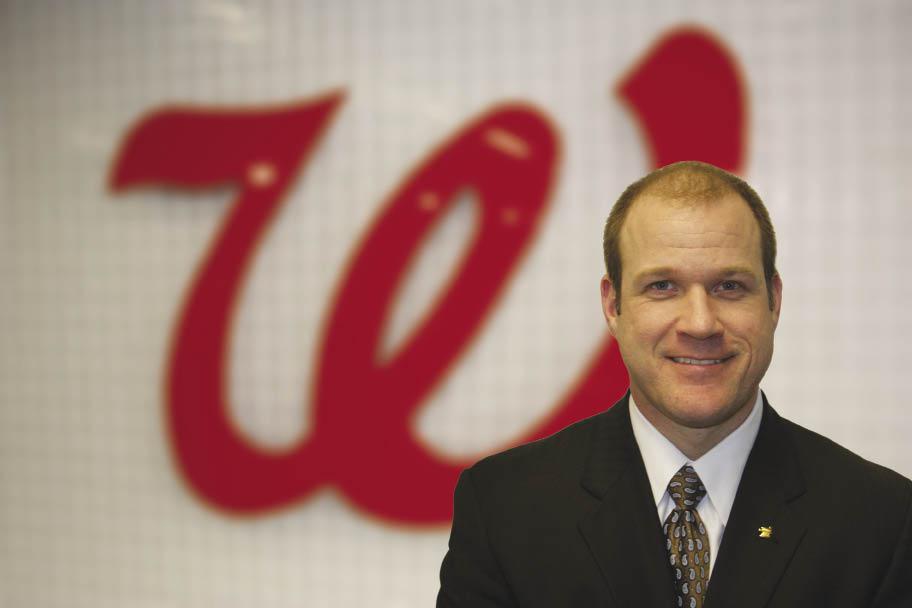NYC teaches content relevance one store at a time
In a way, Walgreens has always been woven into the fabric of New York City culture — its Times Square location served as the backdrop for Life magazine’s iconic V-J Day photo in 1945. And while Walgreens hit snooze on The City That Never Sleeps for decades, nearly exiting the market in the 1970s, between its grand return to One Times Square in 2008 and its subsequent acquisition of New York’s top regional chain Duane Reade in 2010, it’s almost like it never really left at all.
Walgreens began its Manhattan revival in 2001, with its Empire State Building store opening. Today it operates more than 340 stores throughout the city, including 253 Duane Reade stores. But Walgreens bought a lot more than just a bunch of great stores and the No. 1 market share in one of the most important retail markets in the entire world. Not only did the transformation to the health and daily living store grow out of the Duane Reade acquisition, but Duane Reade also has helped inform how Walgreens merchandises its stores in urban markets across the country.
Today, as Walgreens pharmacy expertise is leveraged by Duane Reade, the influence of Duane Reade can be seen all across the Walgreens operation, from how it sources fresh locally — particularly in densely populated urban downtowns and residential neighborhoods — to how to elevate the private brand and how to create a more upscale shopping experience in beauty. It also has helped inform Walgreens’ “go-local” strategy that aims for content relevance on a store-by-store basis.
Really, in New York you don’t have much of a choice; the trade area can change from one block to the next, Walgreens’ market VP for New York Jeff Koziel told DSN. “Especially in New York, you have the tourist … you have your workers and you have people where they live. When you take those three into consideration, you have to figure out wherever that store location is, does it touch all three of those points? Two of those points? One of those points? And then you determine what makes sense in that particular store,” he said.
Getting the mix right requires a new way of managing local markets that aligns operators like Koziel with Walgreens’ merchandising teams.
More and more, Walgreens’ ability to be different and relevant in its local markets is driven by its 2009 decision to move its regional VPs of operations out of Deerfield, Ill., and into the markets they oversee. They are the boots on the ground, and the change is helping not only to shape its assortment from one store to the next, but also to forge more local partnerships, such as its official sponsorship of the New York Giants.
It’s proven to be more than just a marketing ploy, noted Koziel, who negotiated the deal on behalf of Walgreens. The relationship also has helped bring heightened awareness to key health issues, a core part of its mission to become the destination of choice for health and daily living. Last season several star players from the team made personal appearances in select Walgreens stores to help drive flu shots.
Koziel also has worked with city health officials on public health programs. Its response to the H1N1 flu outbreak in 2009 helped establish a strong relationship with the Department of Health. Thomas Farley, commissioner of the New York City Department of Health, recently received his flu shot at a local store, as did New York City mayor Michael Bloomberg, at a Duane Reade location in the Bronx. “[We’ve been] working with their team on different initiatives, and letting them know our capabilities and what we have out there with regard to health and wellness,” he said.


